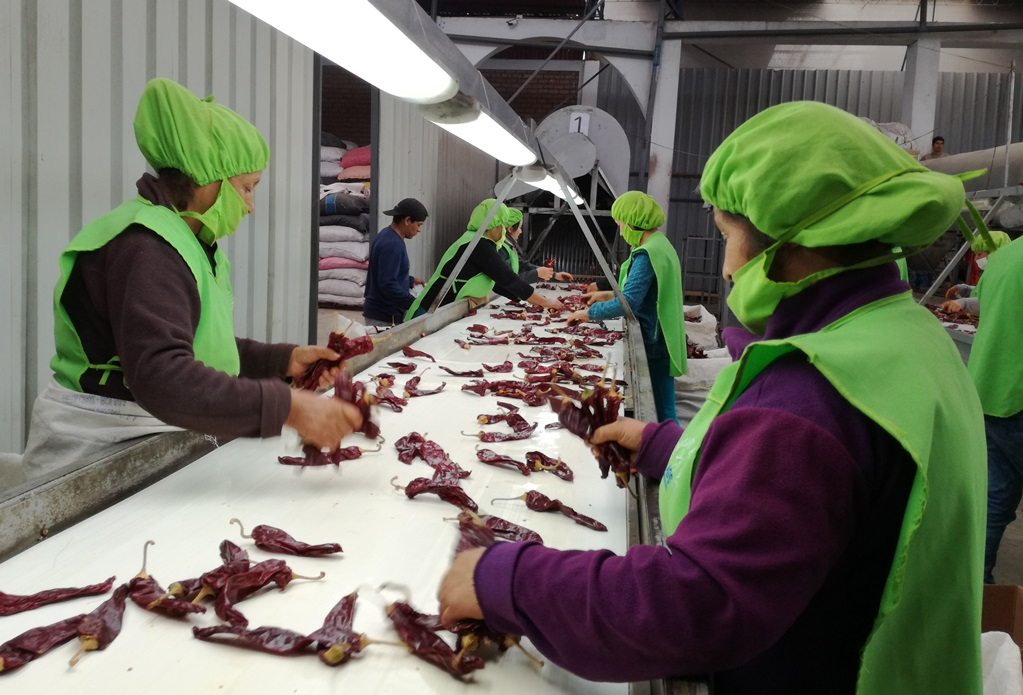
The export-related jobs fell 7.5% between January and August of this year. Thus, between direct, indirect and induced They added 2 million 429,027, that is, 197,677 less than in the same period of 2022 (2 million 626,704), as reported by the Global Economy and Business Research Center of the Exporters Association.
What were the most affected sectors?
According to the union, in this period there were 10 sectors that showed negative figures: traditional agriculture (-46.1%), traditional fishing (-52.5%), hydrocarbons (-39.1%), agroindustry (- 1.7%), clothing (-19.5%), iron and steel (-11.9%), textile (-11.7%), chemical (-18.4%), wood (-28.2 %) and miscellaneous (-5.1%).
In contrast, mining (7.8%), fishing and aquaculture (18.5%), non-metallic mining (19.4%) and metalworking (5.8%) closed positively. Of those four, only three reached historical records compared to the same period in previous years: fishing and aquaculture, non-metallic mining and metalworking, indicated the CIEN-ADEX ‘Export Impact Report: Employment and GDP’.
By employment stock, agribusiness (951,007) stood out in the analyzed period with a representation of 39.2%; traditional mining (684,657) and a share of 28.2%; clothing (184,173), traditional agriculture (183,147) and fishing and aquaculture (156,200).
Others were non-metallic mining (57,391), traditional fishing (33,711), iron and steel (42,350), textiles (34,775), miscellaneous (27,466), chemicals (26,513), metalworking (26,490), wood (15,062) and hydrocarbons (6,086). ).
Results by regions and countries
According to the CIEN-ADEX report, Lima, Ica and La Libertad They were the 3 with the highest participation in export employability, concentrating 48.4% of the total in the January-August period, with the most important activities being agroindustry, clothing and traditional mining.
While the three regions with the least job creation were Loreto, Huánuco and Huancavelica, representing only 0.2% of the total. Its leading sectors were agriculture, hydrocarbons and traditional mining.
At the destination level, shipments to the US were the main driver of job creation (581,586), representing 23.9% of the total. This figure was due to the greater demand for labor to export products related to agribusiness, clothing and mining, among others.
Employment in August fell 14%
In August 2023, jobs generated by exports exceeded 345,000, a figure that represented a contraction of -14%, registering three months of continuous decline: -9.5% in July and -6.5% in June.
The union explained that this monthly decline is due to lower employability linked to traditional agriculture (-24.6%), traditional fishing (-93.9%) and hydrocarbons (-47.9%), offset, in part, by the increase in traditional mining (8.9%) and steel metallurgy (2.1%).
Source: Larepublica
Alia is a professional author and journalist, working at 247 news agency. She writes on various topics from economy news to general interest pieces, providing readers with relevant and informative content. With years of experience, she brings a unique perspective and in-depth analysis to her work.











